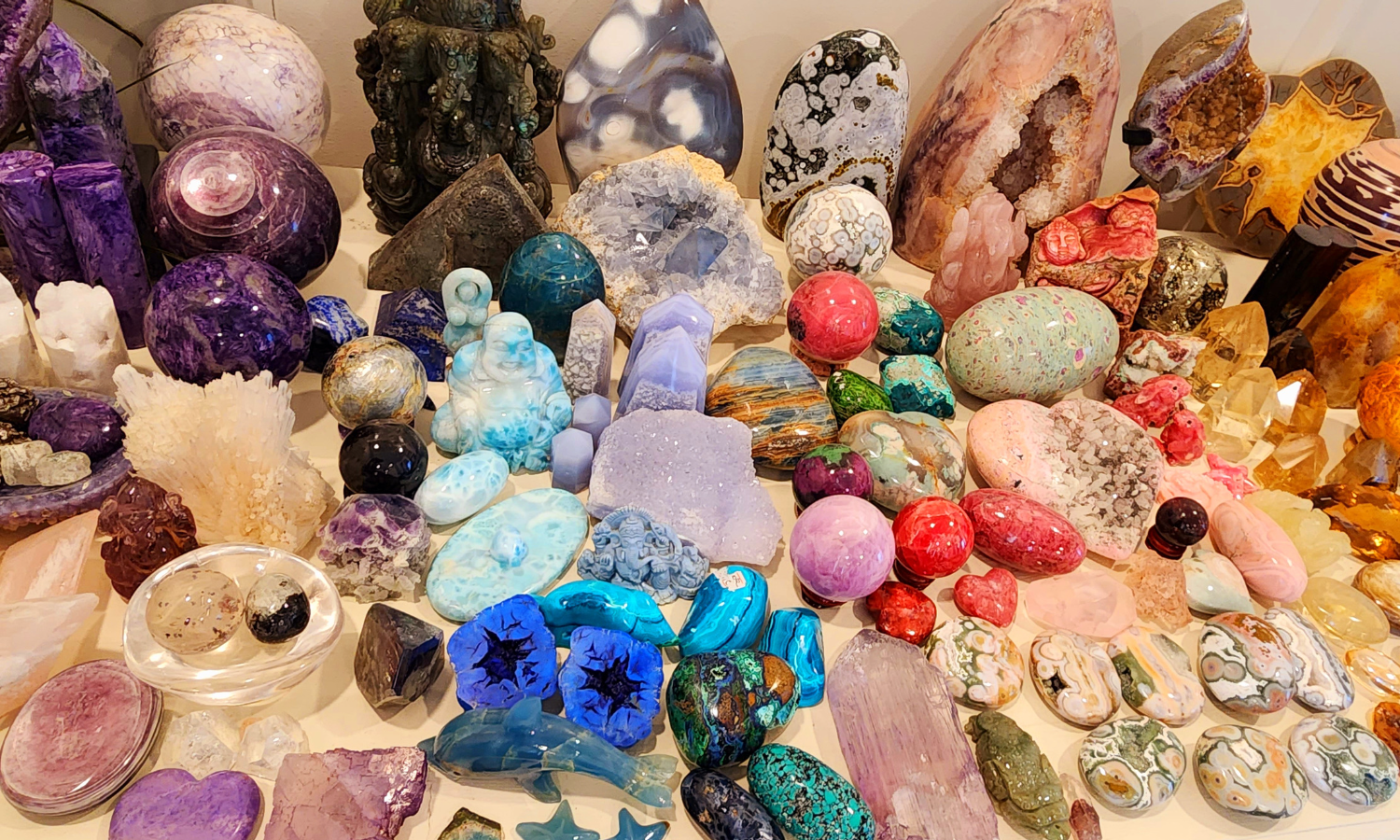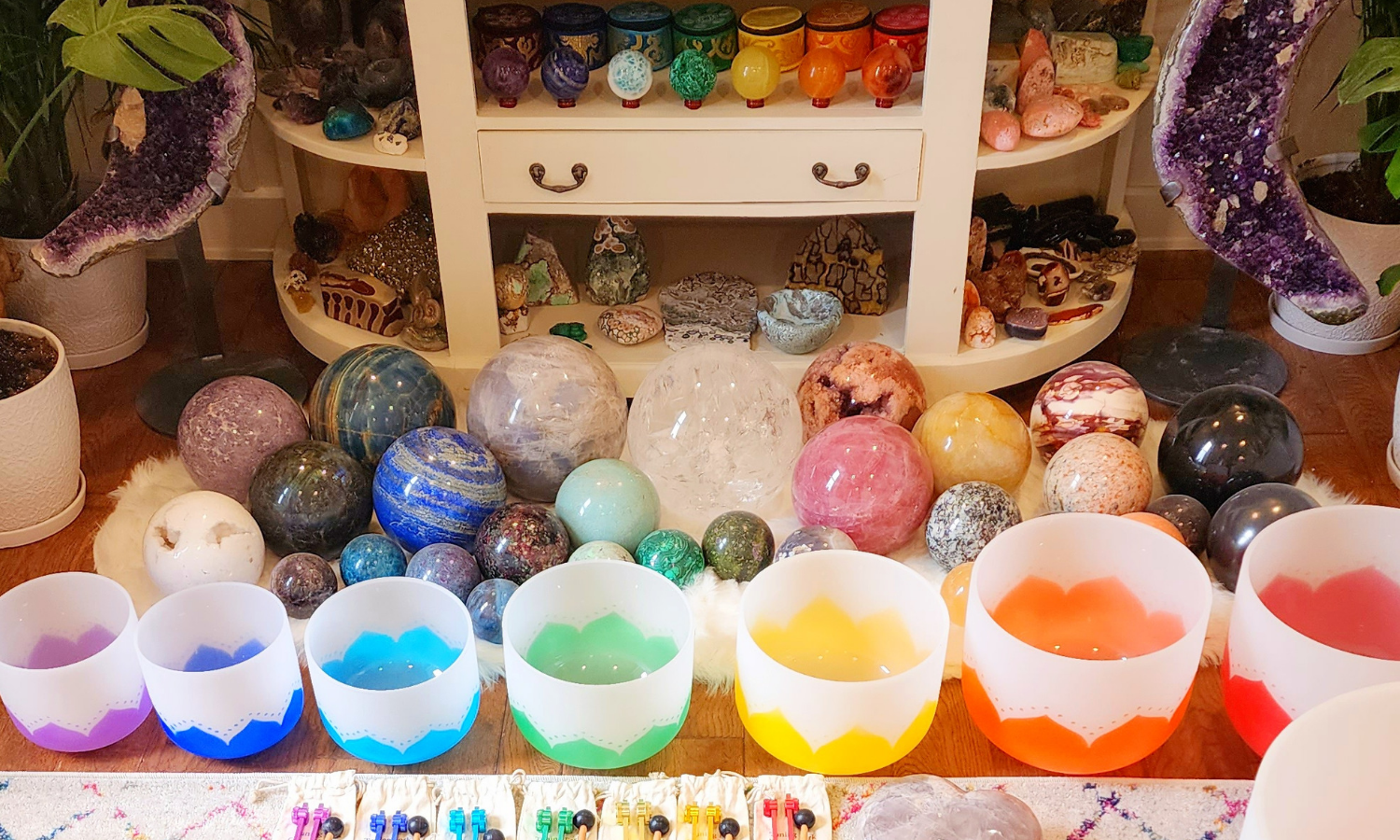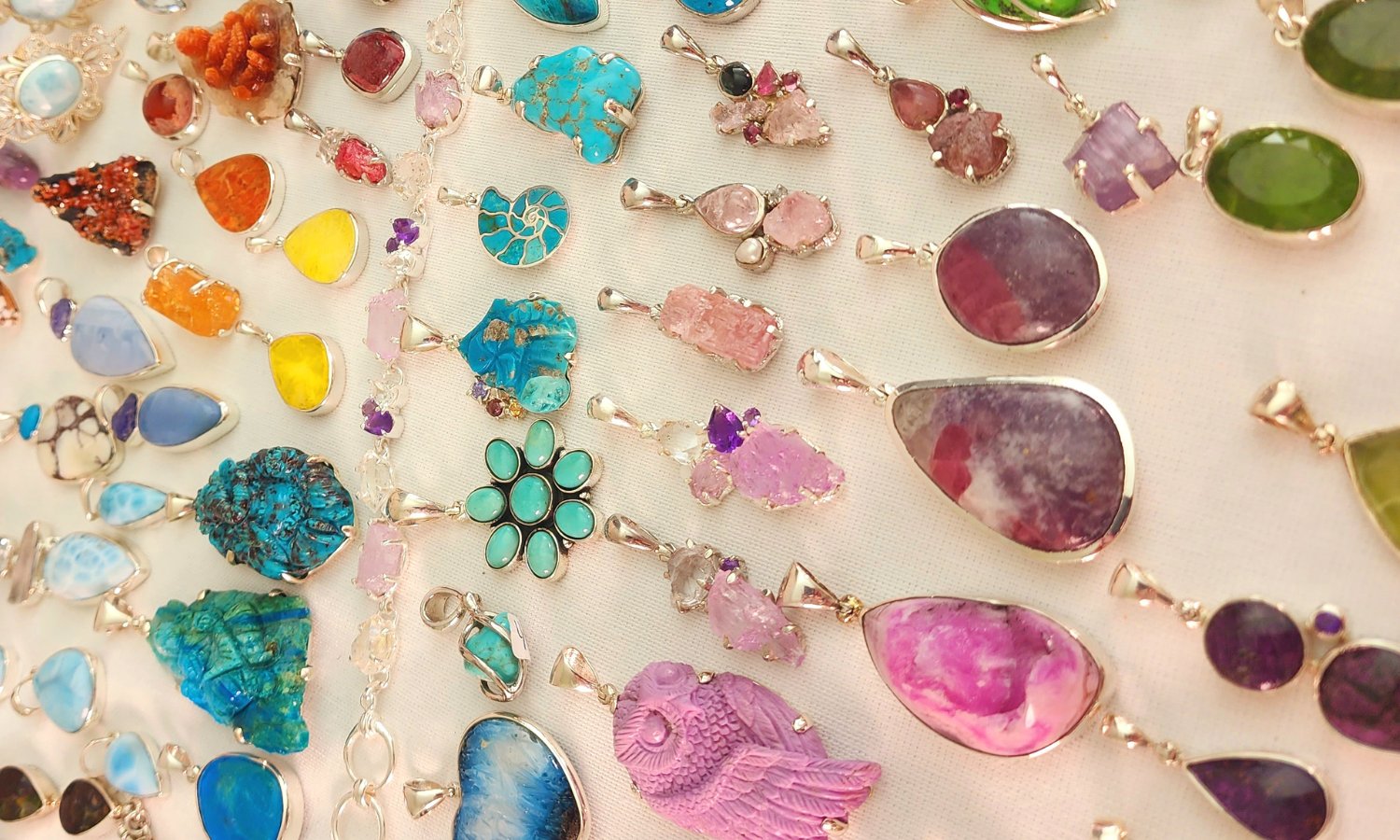
Black Jade
Black Jade is a rare and coveted variety of Jade, a mineral that has been prized for thousands of years. In the world of gemstones, "Jade" refers to two different minerals: Nephrite and Jadeite. While Nephrite is more commonly found in a range of green tones, Jadeite is considered the rarer and more valuable form of Jade, typically seen in rich greens but also found in a variety of other colors, including black. Black Jade, specifically, is often associated with nephrite jade, which is known for its durability and toughness. It exhibits a deep, rich black color that can sometimes show green or gray undertones depending on its chemical composition.
Jade has been prized for thousands of years for its beauty and healing properties with much history in China and Latin America. Since the Stone Age, Jade has been carved into weapons, tools, ornaments, and ritual objects for power and protection. Jade has been highly valued in Chinese culture for over 3,000 years. It was used in ceremonial objects, jewelry, and artifacts, symbolizing purity, status, and power. The term "Imperial Jade" refers to the highest quality Jadeite, often used in royal and ceremonial items. In pre-Columbian Mesoamerican societies, Jade was highly valued and used in rituals, masks, and other significant artifacts. It was believed to have protective and spiritual qualities. In New Zealand, nephrite Jade, known as pounamu, has been used by Māori people for centuries in tools, weapons, and ornaments. It holds significant cultural and spiritual value.
The term "Jade" is derived from the Spanish word "piedra de ijada," which translates to "loin stone." This name reflects the ancient belief that Jade could cure ailments related to the kidneys and loins. The name encompasses both Jadeite and Nephrite, though they are distinct minerals. It wasn't until 1863, a French minerologist, Alexis Damour, discovered that the material known as "Jade" could be divided into two different minerals: Jadeite and Nephrite. Both are metamorphic rocks made up of tiny interlocking mineral crystals. Jadeite is an aluminum-rich pyroxene mineral and Nephrite is a magnesium-rich amphibole mineral known as Tremolite. Today, gemologists use the word “Jade” as a general term for both nephrite and jadeite. Jadeite can range from opaque to semi-transparent and Nephrite can range from opaque to translucent; its colors tend to be more muted.
Jadeite is rarer than nephrite and is often considered more valuable due to its limited deposits and exceptional color. High-quality jadeite, particularly the vibrant green "imperial jade," is highly sought after and commands high prices. Nephrite Jade is more abundant and found in larger quantities compared to Jadeite. While it is less valuable per carat than Jadeite, it is still highly prized, especially in regions where it is a traditional material for carvings and jewelry. Metaphysically, Nephrite and Jadeite hold the same healing energy as their chemical properties are very similar. It is only in recent history, we have discovered their scientific difference.
Black Jade holds a deeply mysterious and powerful energy. It exudes an aura of strength, grounding, and protection. Black Jade is best known for its ability to absorb negative energy, promote emotional healing, and empower with resilience and protection. It has been cherished for centuries across various cultures. Black Jade is an enchanting gem of spiritual transformation, mental clarity, and inner peace, making it a wonderful ally for anyone navigating life's challenges or seeking personal growth. It empowers you to face life’s challenges head-on with resilience, courage, and determination. Black Jade’s ability to protect and ground makes it an excellent stone for manifesting your desires. It can help you focus on your goals, align your intentions, and protect your energy as you pursue your dreams.









